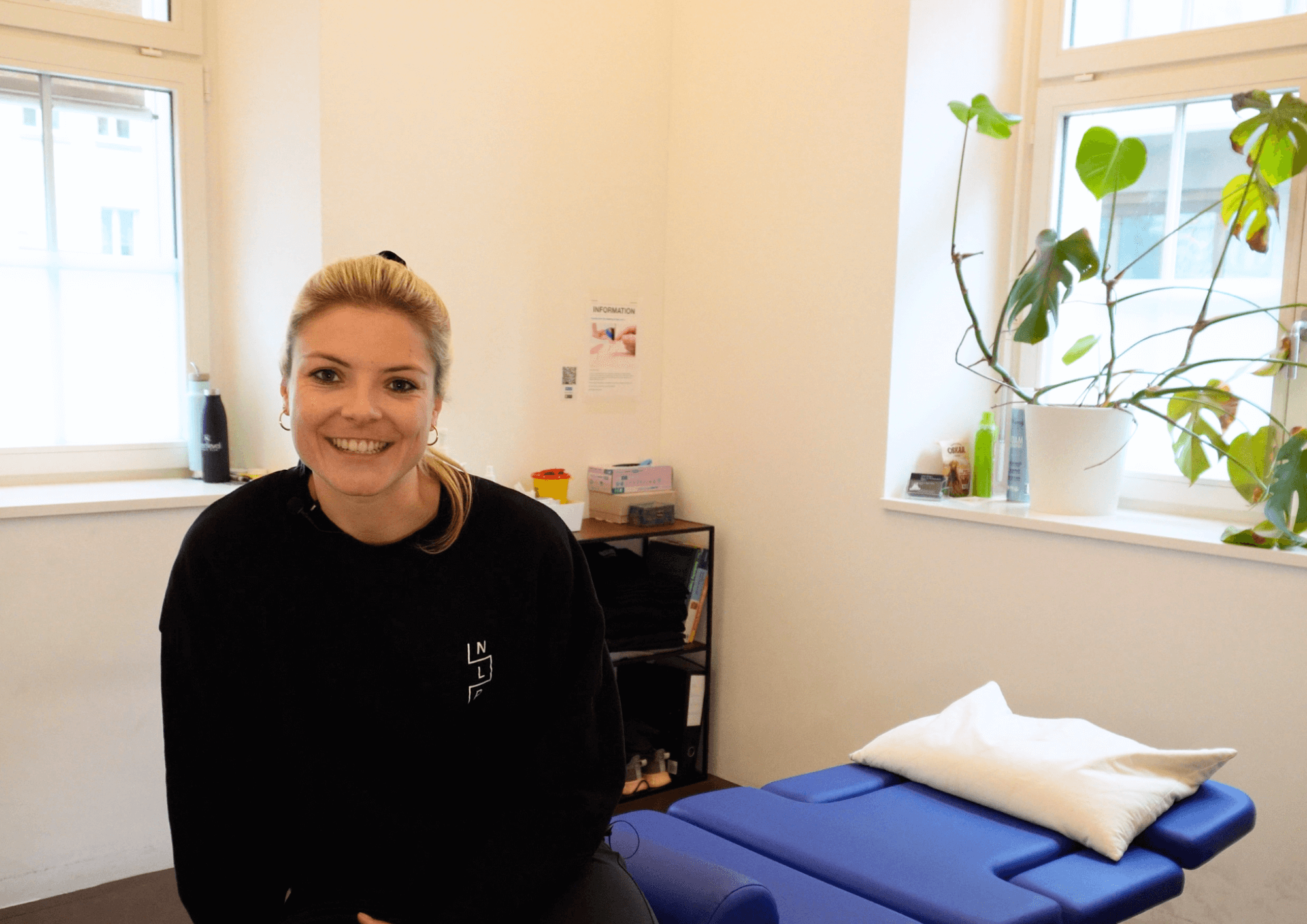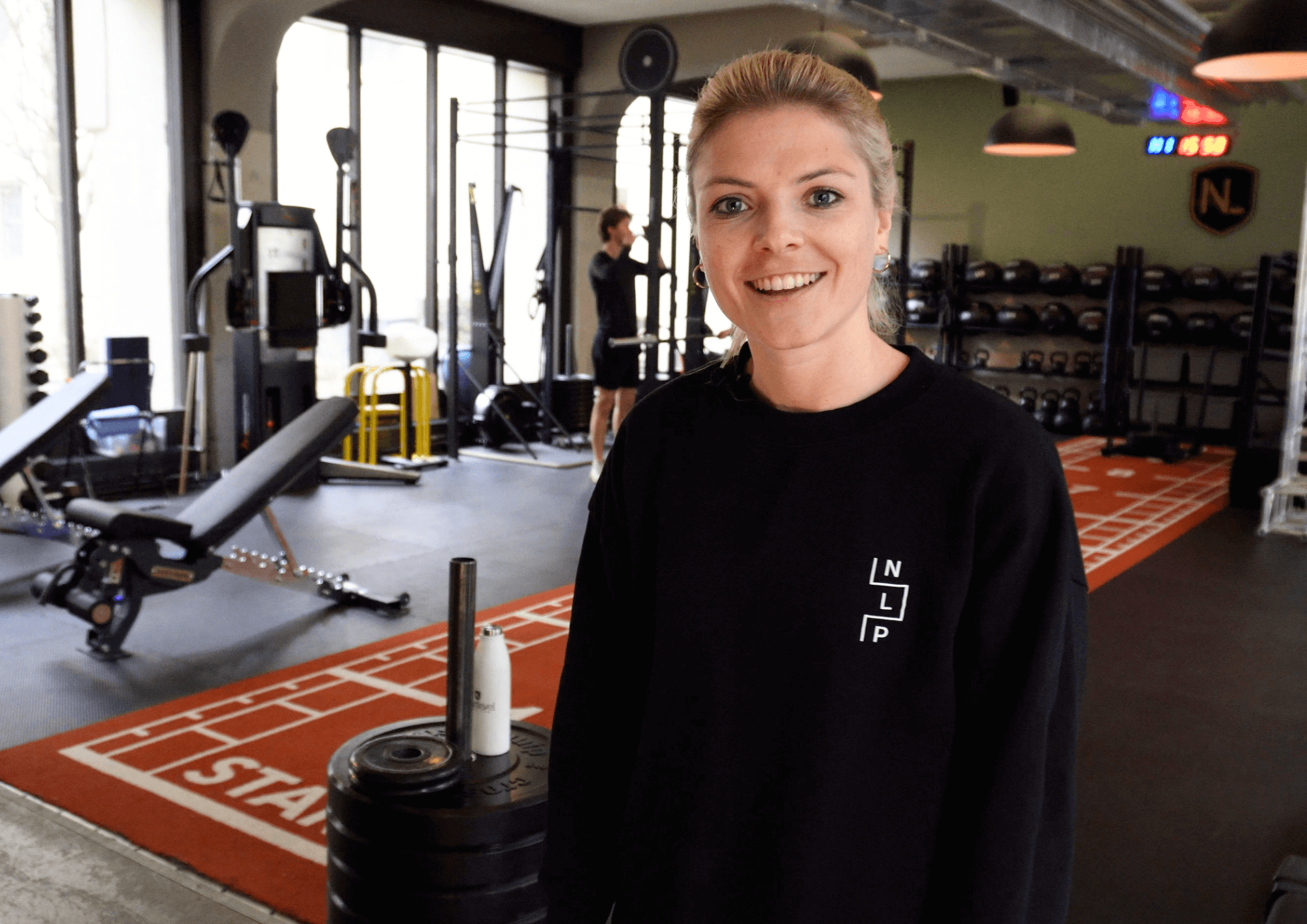Interview with a physiotherapist: Obstacles and opportunities in the industry
"Digitalization in the healthcare sector is offering us physiotherapists more and more opportunities" - Fabienne Büchi, physiotherapist at NextLevel-Physio.

Motivational tips, cruciate ligament ruptures, tariff intervention and digitalization: in this interview, Fabienne Büchi gives us a glimpse into her everyday life as a physiotherapist and reveals her views on the future of physiotherapy.
Please tell us something about yourself, Fabienne.
My name is Fabienne, I'm 31 years old and I've been working as a physiotherapist in Zurich for almost eight years. I completed my Master of Science in Physiotherapy in 2019, specializing in musculoskeletal health, internal medicine and neurology. As a passionate sportswoman, I inevitably gained experience with injuries, but this led me to the fascinating world of medicine and ultimately to physiotherapy. As a physiotherapist, I value directly improving people's wellbeing and quality of life, which allows me a fulfilling role in their recovery process.
What does a typical day as a physiotherapist look like?
My day usually starts with some administrative work. I sit down at the laptop, check emails and missed phone calls and see if there are any open messages that need to be answered. And then the first patient usually arrives. I start with the treatments and then one patient follows the next. In between, I document what has been done during the therapy. It goes on like this - all day long.
How many patients do you treat per day and how much time do you have per patient?
On a normal working day, I treat an average of 15 patients. However, it often happens that there are more than 15 a day, so that we can accommodate all patients. I have 30 minutes per patient, which is pretty luxurious when you consider that a session at other practices usually only lasts 20-25 minutes.

What is it like to work as a physiotherapist in Switzerland and what is the current situation in the healthcare system?
In my view, physiotherapists are still very much in demand, which is why we are very busy. You can tell from our interactions with patients that the work we do is relevant and valuable. What is somewhat problematic, however, is the fact that fewer and fewer people are choosing to become physiotherapists and we are therefore suffering from a shortage of qualified professionals. Unfortunately, the physiotherapy sector is under a lot of pressure. Many therapists are unable to work until they retire under these circumstances, and many only work part-time.
Something that is currently of great concern to the physiotherapy world is the question of what will happen to our tariff system and what politics will do to our profession. The Federal Council's intervention will tighten the tariff system, which could mean big losses for physiotherapists.
A very modern topic that is coming up more and more is digitalization in the healthcare sector, which is slowly but surely affecting us physiotherapists more and more and offering us new opportunities.
What are the most common illnesses and injuries of your patients?
I treat a lot of cruciate ligament patients, i.e. tears to the cruciate ligament and meniscus caused by accidents. Shoulder injuries are also very common. Another large proportion of patients are affected by very complex clinical pictures, i.e. these are not typical injuries or illnesses, but chronic pain patients who therefore require complex treatment.

Do your patients do the exercises you show them in therapy at home?
It would be nice (laughs). No, in principle the patients do the exercises, especially if they are suffering enough. However, there is a risk that they don't stick with it long enough and lack the motivation to continue exercising consistently at home.
And what tips and tricks do you give them to help them achieve their therapy goals?
I try to provide them with exercises that make sense to them. Because if you understand the exercise, it's much easier to do it by yourself and have a sense of achievement when training at home. This motivates you to stick to the plan.
A second trick is to cleverly incorporate the exercises into everyday life. For example, you can practice a one-legged stance while brushing your teeth, which kills two birds with one stone.
Last but not least, it's a good idea to write a timeslot in your diary that you reserve for training. This not only serves as a reminder, but also helps you to feel more committed to training at home.

Let's move on to the last question: Where do you see physiotherapy in 5-10 years' time?
I think that depends to a large extent on how society develops in the future, including politics in the healthcare sector and specifically physiotherapy. Personally, I hope - or wish - that we as physiotherapists will significantly expand the holistic approach once again and that we will work together more at various levels.
I would also like us to make more use of digitalization tools, such as software that can further support patient motivation. Us physios don't have to do it all on our own - especially in this day and age, when everything is possible.
